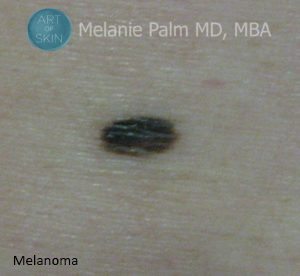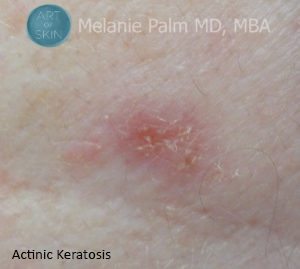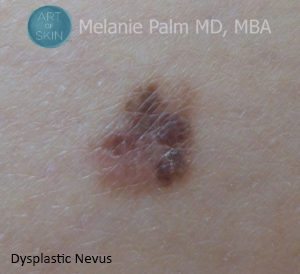A new study has showed that skin cancer is on the rise in the U.S., especially during the winter and spring. Recently I appeared on KUSI’s Good Morning San Diego to discuss moles, melanoma and early detection and how we can protect our skin and reduce the risks of skin cancer Click to more about photodyanamic therapy, and see before and afters here.
While summer is still a few months away, when it comes to skin cancer and sun safety, it’s important to take extra precautions during cooler months – especially since a new study indicated that skin cancer is on the rise in the U.S.
To help San Diegans protect themselves from skin cancer, I’m sharing some unexpected warnings/tips to ensure sun safety is top-of-mind:
Most melanomas are not found on exposed areas
You’d be surprised how common melanomas are – just in the past week, I’ve found melanomas on six different patients! Which is why it’s so important to check in areas that aren’t normally exposed to the sun. Melanomas have a genetic component and may be triggered by sun exposure, yet develop in places the sun never reaches, like the back of the legs, the bottom of feet, and even under your fingernails.
Additionally, melanomas aren’t always colored – any suspicious bump should be checked by a dermatologist. Here are some examples of what abnormalities could look like:
Abnormality 1: Melanoma
Abnormality 2: Actinic keratoses
Abnormality 3: Abnormal mole
Day drinking can increase your skin cancer risk:
A recent study found that daily alcohol intake can increase your skin cancer risk. Alcohol also lowers antioxidant levels in your body, which deceases the body’s natural protection against UV rays.
With so many open-air patios and bottomless mimosas in sunny San Diego, it’s important to always apply sunscreen if you’ll be dining/drinking outdoors – even on overcast days, since 80% of the sun’s UV rays can pass through clouds.
Young women are at the highest risk:
As I said before, melanoma is becoming increasingly common and is the leading cause of cancer-related deaths in women ages 25-30. Luckily, skin cancer is highly preventative and is easily treatable when caught early. Make it a habit to do regular skin checks and see a dermatologist at least 1-2 times a year.
There’s hope in new innovative methods of preventing and treating skin cancers:
While prevention via good habits like staying out of the sun and wearing sunscreen daily is key, there are two innovative ways to treat skin cancer, or prevent pre-cancers from developing:
Photodynamic Therapy – this is an FDA-approved for the scalp, face and forearms and helps to treat actinic keratoses, a precursor to skin cancer. This is innovative because we use at least 2 forms of lasers or lights to target precancerous lesions, which not only clears up pre-cancers but also can improve the appearance of your skin. Here are some “before and after” photos of how we’ve treated actinic keratoses.
Topical Immunomodulators and Chemotherapy Creams – these topical solutions can be used to treat precancerous spots. They generate an immune response that targets abnormal skin cells and can be applied regularly. Ask your board-certified dermatologist whether this is a valid treatment option for your skin condition.




